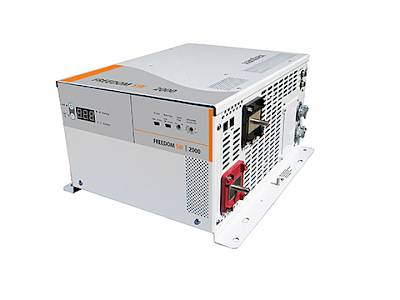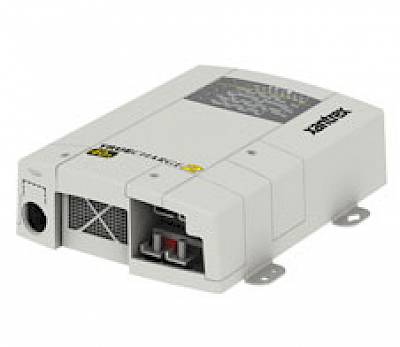
The Perils of Flooded Lead Battery Discharge Below 50% and Partial State of Charge
Depth of Discharge (DoD) is used to describe how deeply a battery has been discharged. Cycle life is the number of times a battery can be cycled to a certain point before the battery will reach the end of its usable life. There is a direct relationship between the DoD and the cycle life of a battery. A battery that is routinely deeply discharged will have a lower cycle life than a battery that is discharged less deeply.
For batteries that are routinely discharged to 50% DoD, its cycle life will be about double that of a battery discharged to 80% DoD. In turn, if a battery is only discharged to 10% DoD it will last five times longer then one taken to 50% DoD routinely. Obviously, it’s not practical to have huge battery banks on a boat to minimize the DoD so a general compromise is to design the size of battery bank so that it will be routinely discharged to between 50% for flooded lead acid batteries.
The next consideration is deep discharges require long charging times with flooded lead batteries where the maximum recommended recharge rate is 20% of their capacity. With the delays introduced because of the absorption phase, there is a real risk the bank will be constantly in a partial state of charge. If the battery is used habitually, in a partial state of charge, sulfates will begin to form on the plates and dramatically reduce its useful lifespan to well below a battery that is discharged and promptly recharged.
If you routinely plan on deep discharges and/or use your batteries in a partial state charge regularly, one can gain similar cycle life from an AGM battery with cycles to 70% DoD, i.e. 30% more usable capacity. A Carbon Foam AGM such as the Firefly can allow over 1,000 cycles to 80% DoD with the added benefit of not being susceptible to failure due do to chronic use of the battery in a partial state of charge.
Related Content









 $258.00
$258.00 $180.73
$180.73






















